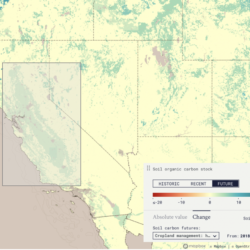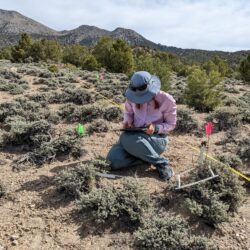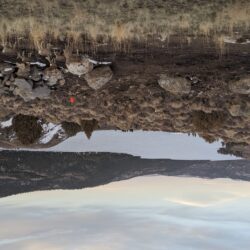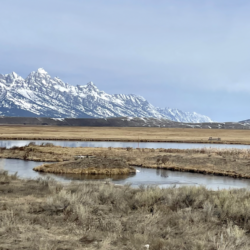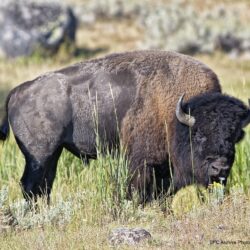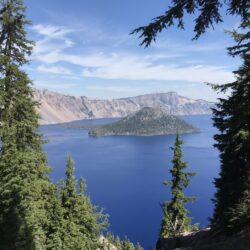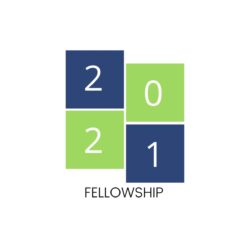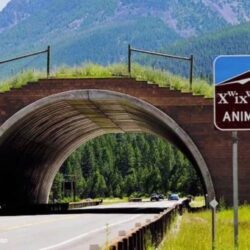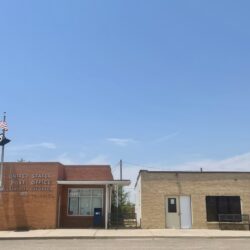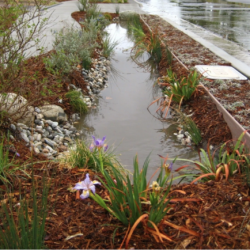Gold Underfoot! Soil Organic Matter matters—Raffa Sindoni
Soil is the tapestry upon which all life is weaved. Our water is cleaned through it. Our food rises from it. As young children, our bare feet kiss it. After death, we return back to it. And so, the cycle goes, for time immemorial. Most splendid of all, a full-spectrum of life flourishes in just Read more about Gold Underfoot! Soil Organic Matter matters—Raffa Sindoni[…]

